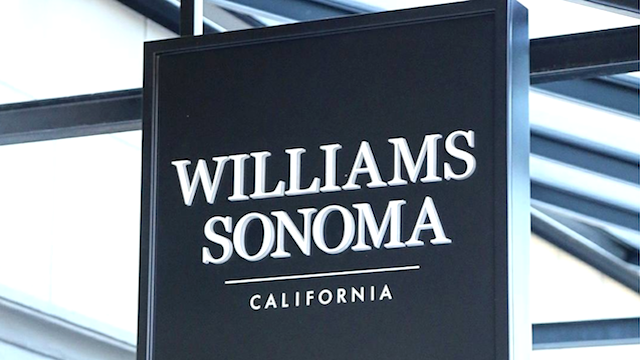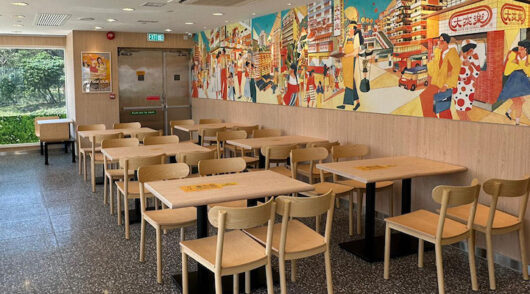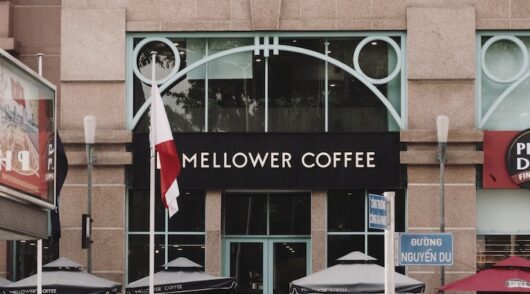Take a look at US kitchen and homewares retailer Williams-Sonoma’s sales figures for the last quarter and you would hardly know there has been a major health crisis over the past few months.
Despite closing its 616 stores for more than half the quarter, the group managed to post an uplift in comparable sales of 2.6 per cent and a very small decline in total revenue of 0.5 per cent. The deterioration was more severe on the bottom line where higher costs reduced net income by 32.7 per cent over the prior year, but even so, Williams-Sonoma remained in the back with a US$35.4 million profit.
While the figures may appear to defy gravity, there is no magic involved in the superior performance. It is largely a result of Williams-Sonoma’s extremely strong and long-established digital direct-to-consumer business. This enabled the company to quickly lean into e-commerce once its stores closed and retain the vast majority of its sales. Over the period, e-commerce sales grew by 31.2 per cent, which outperformed the overall online market meaning Williams-Sonoma gained market share.
Digital-first pivot
Although a lot of digital tools were already in place and allowed Williams-Sonoma to succeed online, the group was extremely proactive in doubling down on its advantage over other retailers. During the lockdown, a whole host of services and functions were added including virtual design chats with experts, an ask-the-expert chat service for the Williams Sonoma brand, and a range of enhanced virtual design options. This meant customers already in the process of undertaking larger home projects could continue with their plans, and it made Williams-Sonoma’s brands attractive to those who decided to start home redesigns during the lockdown period.
Another factor that helped demand at the various Williams-Sonoma brands hold up relatively well: its core customers were less financially affected by the crisis than the consumer population in general. This group continued to spend fairly normally on home furnishings over the quarter, they just shifted where that spend was made. This dynamic bodes well for the future as it suggests Williams-Sonoma will be somewhat more insulated from the economic fallout of the pandemic.
Looking in more detail at brand level, sales held up best at the Williams Sonoma fascia where comparables rose by 5.4 per cent. Admittedly this came off the back of a weak prior year comparative, but greater interest in cooking and meal preparation at home undoubtedly helped the online sales of the culinary focused brand.
Pottery Barn was the worst-performing banner, with comparable sales shrinking by 1.1 per cent. This banner has always relied more on browsing and impulse purchases which were undoubtedly more affected by the lockdown.
A number of Williams-Sonoma stores across all fascia have now reopened and trade at these is building nicely. However, in some locations Williams-Sonoma has restricted entry to those with appointments. This reduces footfall, however, given the company’s strong online presence it is a risk that Williams-Sonoma feels it can take in order to protect staff and customers. In any case, as a result of focusing on customers with solid purchase requirements, conversion rates in stores have shot up.
Looking ahead, Williams-Sonoma can be expected to perform well. Consumers are still spending more time at home, especially for work. This is increasing the number of improvement and refresh projects and the group’s various brands can take advantage of this. Moreover, the home sector has become more linked to online than ever before – moving onto ground where Williams-Sonoma is already very strong.
- Neil Saunders is MD at GlobalData Retail.






